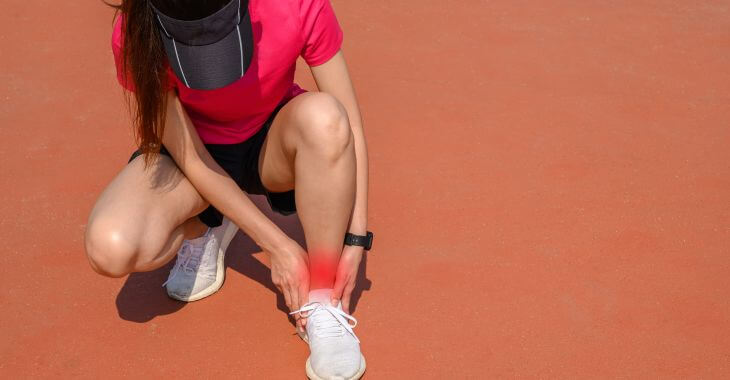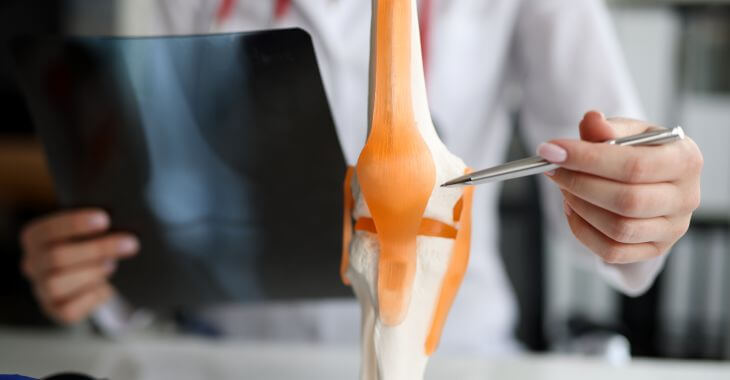Physical Therapy for Children
Many people think of physical therapy as a way to bounce back from an injury. However, using specific movements, stretches and exercises can be beneficial for many illnesses and diseases, including those that affect children. Physical therapy can be used for a variety of problems that young children face, giving them more mobility and freedom from pain. Here are a few childhood illnesses that can benefit from the use of physical therapy.
- Down Syndrome. The physical impairments caused by Down Syndrome can create limitations, but with physical therapy, these can be minimized. Increasing motor skills, muscle strength and balance through physical therapy can have a positive impact on a child with Down Syndrome.
- Infant Torticollis. Children born with infant torticollis or a twisted neck can often be effectively treated with physical therapy techniques. Passive stretching can reverse the issue and many children can completely recover from this condition with the use of physical therapy.
- Children born with a limp appearance or “Floppy Baby Syndrome” can benefit from physical therapy techniques that help strengthen the muscles and improve motor skills. This condition is common with many childhood diseases, including cerebral palsy, brain injuries and muscular dystrophy.
- Developmental Delay. Many children may have developmental delays due to a variety of conditions. Physical therapy can help these children improve their mobility by gaining the strength and flexibility to overcome this delay in their development.
Physical therapy for children is also used for the same issues that plague adults, such as sport and trauma injury recovery. However, since children have special needs, it is important to seek a physical therapy clinic that offers specialized pediatric physical therapy.
Posted on behalf of:
Sovereign Rehabilitation
5555 Peachtree Dunwoody Road Northeast #225
Atlanta, GA 30342
(404) 835-3340
The information provided on this website, including text, graphics, images, and other materials, is intended solely for informational purposes and should not be used as a substitute for professional medical advice, diagnosis, or treatment.


)